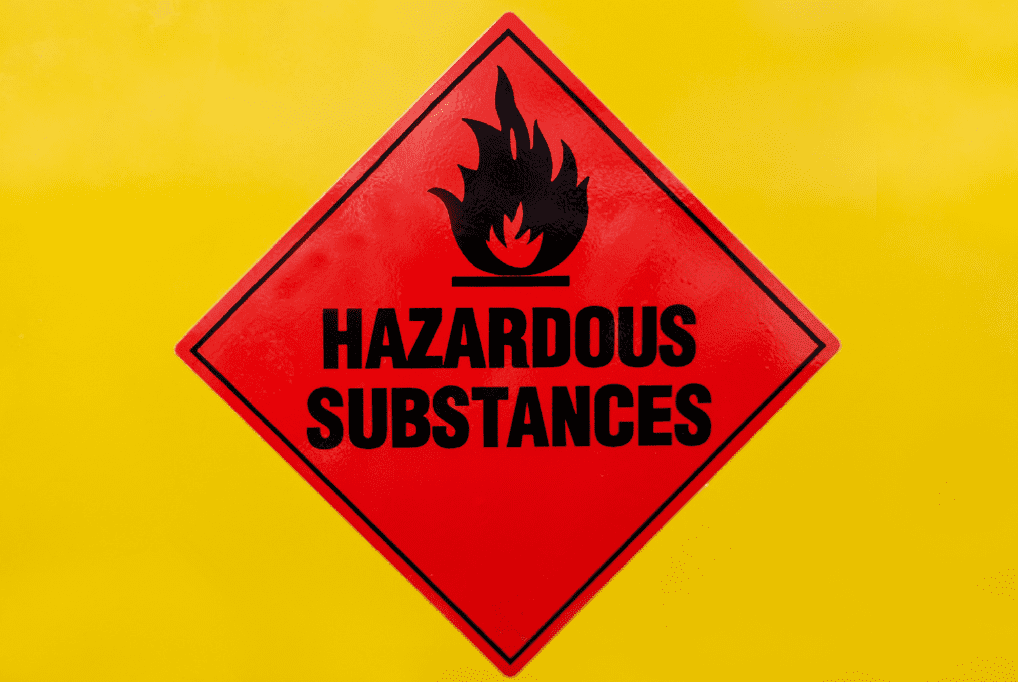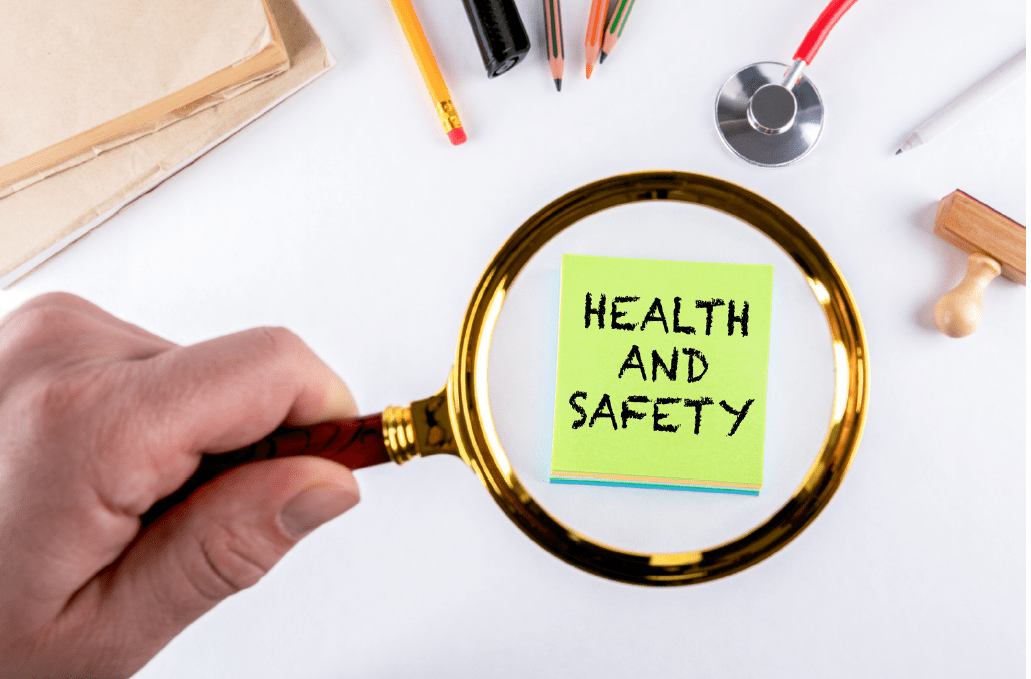From October, the Health and Safety Executive (HSE) is carrying out targeted inspections across motor vehicle repair (MVR) businesses to check how effectively they are protecting workers from exposure to isocyanates – the UK’s leading cause of occupational asthma.
Each year, skilled vehicle paint sprayers develop this life-changing condition, often forcing them to leave their profession permanently. The HSE’s new campaign aims to reduce these cases by ensuring employers are meeting their duties under the Control of Substances Hazardous to Health (COSHH) Regulations.
What Inspectors Will Look For
HSE inspectors will be checking that appropriate controls, procedures, and health monitoring are in place to prevent or manage exposure to isocyanates in paint spraying and finishing operations.
Three common areas where businesses fall short include:
- Spray booth ventilation – effective extraction systems must be properly maintained and used every time spraying takes place.
- Respiratory protection equipment (RPE) – workers must use air-fed breathing apparatus, correctly fitted and regularly checked.
- Clearance procedures – booths should not be entered until safe clearance times have passed and these times must be clearly displayed and measurable.

Health Surveillance and Biological Monitoring
Under COSHH, employers must also arrange regular health surveillance and biological monitoring for anyone exposed to isocyanates.
- Health surveillance involves medical checks to identify early signs of occupational asthma, allowing for early intervention.
- Biological monitoring – a simple urine test – confirms whether control measures are effectively preventing exposure.
Biological monitoring is quick, low-cost, and provides reassurance that your controls are working for both workers and management. It can identify exposure even when everything else seems to be functioning correctly.
New Guidance and Resources
To support employers, the HSE has launched a suite of new guidance materials on the Work Right website, including:
- Step-by-step guidance on controlling exposure to isocyanates
- Requirements for health surveillance and biological monitoring
- Downloadable templates and checklists to help demonstrate compliance
These resources are designed to help businesses understand their obligations and implement effective protective measures before inspectors arrive.
Why Acting Now Matters
While enforcement action – such as improvement or prohibition notices – can be taken where serious failings are found, the campaign’s main goal is education and prevention. The message is clear: protecting your team from isocyanate exposure is both a legal requirement and a moral responsibility.
How THSP Can Help
THSP can support you in reviewing your COSHH assessments, ventilation systems, and respiratory protection programmes to ensure compliance and worker safety. Our consultants can also help set up or review your health surveillance and biological monitoring arrangements, ensuring they meet HSE expectations.
If you’d like reassurance before an inspection or guidance on setting up a monitoring programme, we’re here to help.
Explore HSE’s new resources: workright.campaign.gov.uk/isocyanates

